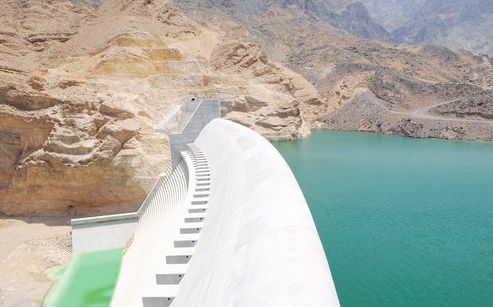Oman Reservoir to Supply Potable Water
Published on by Water Network Research, Official research team of The Water Network in Government
Oman could soon start tapping surface water from one of its dams for household consumption as it attempts to diversify water sources, the Public Authority for Electricity and Water (PAEW) has revealed
PAEW expects the Wadi Dayqah water supply scheme to become operational in 2019, making it one of the most important projects in Oman’s efforts towards the sustainability of water resources.
 The principal components of the scheme comprise two dams to impound Wadi Dayqah, with pipelines, pumping stations and a water treatment plant to supply drinking water to the local area and to the Governorate of Muscat.
The principal components of the scheme comprise two dams to impound Wadi Dayqah, with pipelines, pumping stations and a water treatment plant to supply drinking water to the local area and to the Governorate of Muscat.
In a semi-arid country like Oman, which has few precious permanent surface-water resources, the project will provide a much needed additional capacity of 67,000 m3 per day (15mn gallons per day – MIGD) beginning 2019.
“PAEW has assessed the average capacity of the Wadi Dayqah project for drinking water purposes at 67,000 m3/d. The balance of productive capacity is reserved for agricultural purpose. “In an emergency, for short durations, the agricultural supply may be diverted for drinking water, with total capacity up to 125,000 m3/d,” PAEW stated in its 7-Year Outlook Statement (2016-22).
The second phase of the Wadi Dayqah project involves construction of a water treatment plant and a transmission pipeline from Quriyat to Muscat. Islamic Development Bank (IDB) has agreed to provide $176mn to fund the Wadi Dayqah water supply project.
Egyptian Contractors and Partners has been contracted to build a nearly 50km water transmission line that will supply treated water from the Wadi Dayqah reservoir to Deem Reservoir in Amerat.
The water treatment plant, to be set up in the Mazara village in Quriyat, around 2.3km north of the dam, will be used for supplying water for drinking and household use to areas in Quriyat and Muscat.
Source: Utilities-me.com
Media
Taxonomy
- Agriculture
- Potable
- Dams